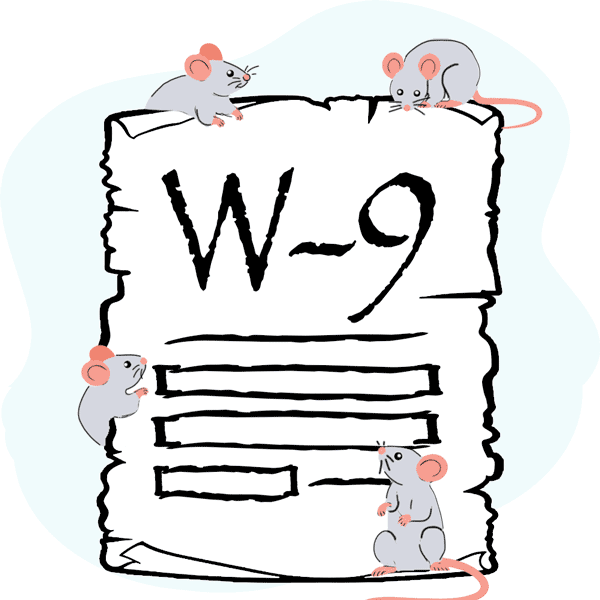Good-bye CPT 96101 and CPT 96102

For 2019 beloved psychological testing codes 96101 and 96102 have vanished.
Effective for dates of service on or after January 1, 2019, the Medicine/Central Nervous System Assessments/Tests subsection of the Current Procedural Terminology (CPT®) 2019 eliminated CPT codes 96101 and 96102. The Current Procedure Terminology (CPT®) 2019 replaces these two codes with seven new replacement CPT codes.
This 2019 change has left many providers with many questions, so we made some handy charts to answer them!
Welcome CPT: 96130, 96136, 96138, and 96146
Starting for dates of service on or after January 1, 2019, psychological testing is no longer represented by a single CPT code. Instead, Current Procedural Terminology (CPT®) 2019 now provides four distinct codes representing four distinct services described as follows:
- CPT 96130 - Psychological testing evaluation services by physician or other qualified health care professional, including integration of patient data, interpretation of standardized test results and clinical data, clinical decision making, treatment planning and report, and interactive feedback to the patient, family member(s) or caregiver(s), when performed; first hour.
- CPT 96136 - Psychological or neuropsychological test administration and scoring by physician or other qualified health care professional, two or more tests, any method; first 30 minutes.
- CPT 96138 - Psychological or neuropsychological test administration and scoring by a technician, two or more tests, any method; first 30 minutes.
- CPT 96146 - Psychological or neuropsychological test administration, with single automated, standardized instrument via electronic platform, with automated result only.
The American Psychological Association (APA) offers the following reason for this change:
- A clear differentiation between the professional and technical services (i.e., technical test administration and scoring services versus professional evaluation services).
- A clear differentiation of work performed by a psychologist or neuropsychologist who personally administers tests and technician administered testing.
- A modernization of the code set to distinguish stand-alone, single-computer screening tests from a battery of psychological or neuropsychological tests.
CPT 96130 - Psychological Testing Evaluation
Service Explanation: A psychological testing evaluation by a physician or other qualified healthcare professionals is now billed using two CPT codes: 96130 and 96131. CPT 96130 is reported for the first hour of testing. When testing exceeds 60 minutes, report CPT 96131 for each additional hour of testing.
The time reported in 96130 and 96131 is the face-to-face time with the patient and the time spent integrating and interpreting data.
Time: These services follow standard CPT time definitions (i.e., a minimum of 16 minutes for 30-minute codes and 31 minutes for 1-hour codes must be provided to report one unit of the code). The introduction to the AMA Current Procedural Terminology (CPT®) defines the ground rules used for reporting time.
MUE*: CPT 96131 is limited to 7 units by a Medically Unlikely Edit (MUE). Without documentation supporting the need of additional time, a provider is allowed a maximum of 8 hours in a single day, for a single patient.
CPT 96136 - Test Administration and Scoring by Physician
Service Explanation: Psychological or neuropsychological test administration and scoring for two or more tests when done by a physician or other qualified health care professional is now billed using CPT 96136 for the first 30 minutes, with each subsequent 30 minute period reported using 96137.
Time: These services follow standard CPT time definitions (i.e., a minimum of 16 minutes of a 30-minute code must be provided to report one unit of the code) as described in the AMA CPT code book.
MUE*: CPT 96137 is limited to 11 units by a Medically Unlikely Edit (MUE). Without documentation supporting the need of additional time, a provider is allowed a maximum of 6 hours in a single day, for a single patient, on these services.
CPT 96138 - Test Administration and Scoring by Technician
Service Explanation: Test administration and scoring for two or more tests when done by a technician is now billed using 96138 for the first 30 minutes, with each subsequent 30 minute period reported using 96139.
Time: These services follow standard CPT time definitions (i.e., a minimum of 16 minutes of a 30-minute code must be provided to report one unit of the code) as described in the AMA CPT code book.
MUE*: There is a Medically Unlikely Edit on CPT 96139 that limits it to 11 units. This means a technician can spend a maximum of 6 hours in a single day, for a single patient, on these services.
CPT 96146 - Automated Test Administration and Scoring
Service Explanation: Psychological or neuropsychological test administration, with single automated instrument via electronic platform, with automated result only.
Time: This is not a time-based code.
MUE*: There is a Medically Unlikely Edit on CPT 96146 that limits it to 1 unit.
*Remember, an MUE denotes the maximum units of service that a provider would report under most circumstances for a single beneficiary on a single date of service.
Additional Resources
For additional information about these new codes, the American Psychological Association (APA) has published excellent reference materials:
2019 Psychological and Neuropsychological Testing
CPT® Codes & Descriptions
Crosswalk for 2019 Psychological Testing and Evaluation CPT® Codes
Crosswalk for 2019 Neuropsychological Testing and Evaluation CPT® Codes
Crosswalk for 2019 Computerized Test CPT® Codes
Check out our OMFS Calculator, included with our Work Comp Wizard. Try it free today.
TRY THE WIZARD
DaisyBill provides content as an insightful service to its readers and clients. It does not offer legal advice and cannot guarantee the accuracy or suitability of its content for a particular purpose.


.gif)